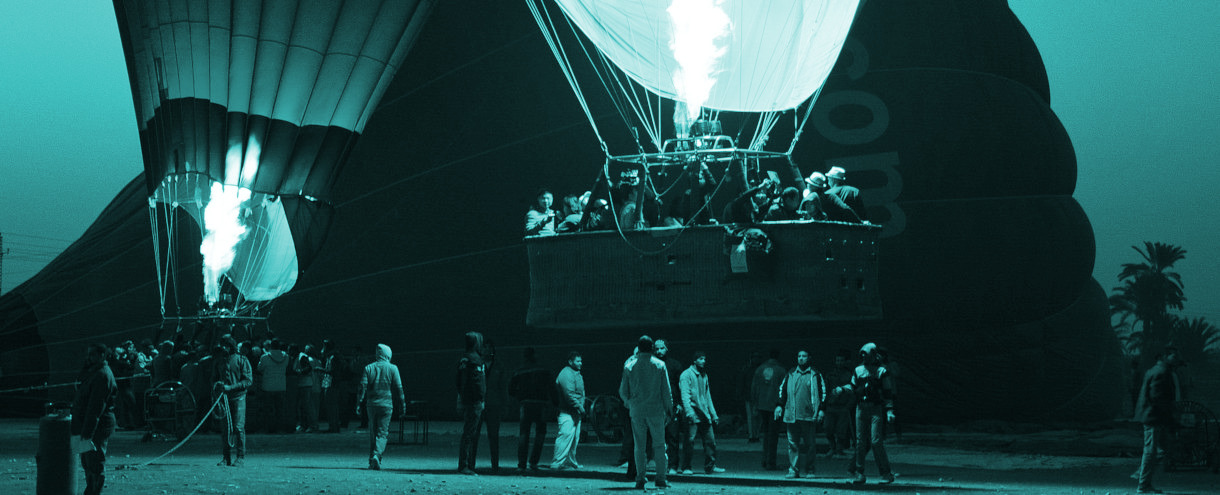My first Linux laptop
Overview
Getting started
Requirements for your new Linux operating system

In order to install your first Linux Laptop, you will need an Internet connection, some hardware, the links to some indispensable web sites, a little bit of time, patience and self-confidence.
Hardware and other requirements
Of course, you need a laptop.
If you're not sure about how deep you want to embrace digital freedom, you may have a try with an unused old laptop; be aware that the older the laptop you will choose, the less attractive you will find it to use your laptop, which may influence negatively your will to move forward on your freedom path.
If you want to make a reversible test with your current laptop, you may choose to install your new Linux operating system on a dedicated hard disk. In that case, you will need a separate internal hard disk and a suitable screwdriver to open your laptop and change the hard drive. Please note that this operation is reserved to those who don't fear computer DIY.
The elected laptop must be equipped with a network device, either wireless or by cable; my preference goes to the latter, at least for the Linux OS installation process.
If you choose the wired method to connect to the Internet, you will need an Ethernet cable to connect your laptop to your router. An Ethernet cable is very standard, also called a network cable.
You will finally need at least one USB memory stick, with a minimal capacity of 4GB. If your USB memory stick holds data that you would like to keep, please don't forget to save them to another place, since the USB stick's content will be totally erased and irrecoverable.
Your new Linux operating system
There are several flavors of Linux available.
The choice is always a question of preference and is also guided by the use that will be made of their Linux flavor by the user.
Each flavor of Linux comes as what is called a “distribution”; a distribution describes a complete set of software elements that constitute a usable operating system.
The distribution that I've chosen almost 15 years ago is named Debian. I've chosen Debian after starting as a Linux beginner with Corel Linux in 2001, which then became Xandros and then disappeared.
The Debian Linux distribution was officially launched August the 16th, 1993. It remains the most significant distributor of Linux that is not a commercial entity.
Linux Debian is distributed under a form called “image”. Images are a way of packaging software that permits their easy transfer to a removable support, such as a USB memory stick or a CD/DVD.
The removable media will be used to install the Linux Debian operating system onto your laptop.
Your journey towards digital freedom starts on the next page with the download of your new Debian Linux operating system.